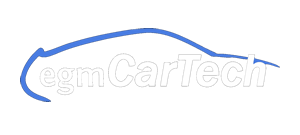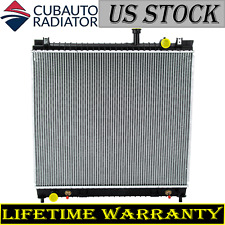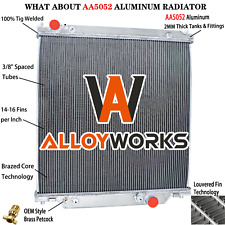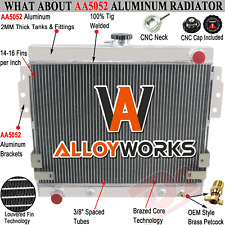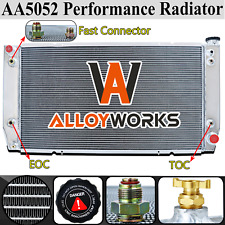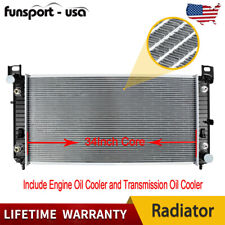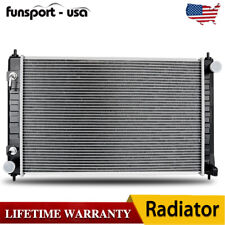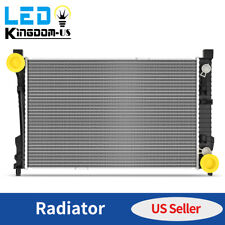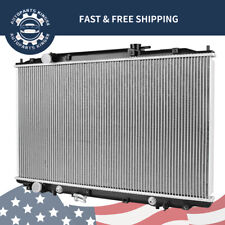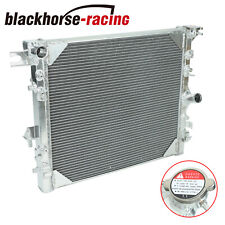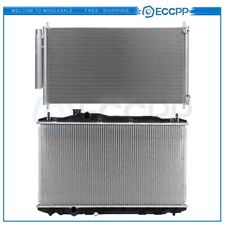Geneva Motor Show: VW Touareg BlueTDI
Volkswagen used the Geneva Motor Show to unveil the new Volkswagen Touareg BlueTDI, the cleanest diesel technology on the market with a Selective Catalytic Reduction (SCR) cat-converter that reduces nitrogen dioxide (NOx) emissions by up to 90%. The Touareg BlueTDI has a 3.0 liter V6 TDI 225PS diesel engine. Especially in the USA, economical turbo-diesels like the V6 BlueTDI can contribute, more than any other current powertrain technology, toward reducing oil consumption saving you some big money with increasing prices on gas.
The new technology will be introduced in Volkswagen models in 2008. Check out the press release for more.
Volkswagen Touareg Blue TDI Gallery (click thumbnail to enlarge images):
Press Release:
Key Aspects: Touareg BlueTDI ““ World Premiere of the Clean High-Tech Diesel
SCR catalytic converter reduces nitrogen oxide emissions by 90 percent
Volkswagen will introduce new emissions-reducing technology in 2008
Wolfsburg, 06 March 2007 – On its new Touareg Volkswagen is introducing one of the cleanest diesel engines in the world: The BlueTDI with SCR catalytic converter. This converter reduces nitrogen dioxide (NOx) emissions by up to 90 percent. The Touareg BlueTDI, that delivers 165 kW / 225 PS, meets even the most challenging exhaust emissions standards. Currently, the lowest limits are set in the US states California, Massachusetts, New York, Vermont and Maine: In the “Tier2 Bin5″ standard. The Touareg BlueTDI being presented in Geneva is one of the first vehicles with a diesel engine that can clear this hurdle too. Especially in the USA, economical turbo-diesels like the V6 BlueTDI can contribute, more than any other current powertrain technology, toward reducing oil consumption and the generation of climate-impacting greenhouse gases.Therefore, Volkswagen will be offering the Touareg with SCR catalytic converter starting in 2008, initially in the USA, as part of the BlueTec Alliance started together with Audi and DaimlerChrysler at the end of last year. Also slated for 2008: The company for smaller vehicles like the Jetta will introduce, in America, a NOx storage catalytic converter that eliminates up to 90 percent of nitrogen oxides. The two technically challenging systems are scheduled to debut in Europe a short time later.The Euro-4 standard currently specifies a NOx limit of 0.25 g/km here. The US standard, which the Touareg BlueTDI satisfies, specifies among other things a NOx limit of 0.043 g/km (0.07 g/mile).
SCR (selective catalytic reduCtion) CATALYTIC CONVERTER /
New catalytic converter technology targets reductions in nitrogen oxides; Nitrogen oxides are converted to harmless nitrogen and water
SCR is the usual international acronym for “Selective Catalytic Reduction”. “Selective” refers to the fact that this catalytic converter has a very special task. Its purpose is to selectively convert the nitrogen oxide (NOx) exhaust components to nitrogen and water without generating any undesirable side products. It was developed precisely for this highly specialized task. Therefore, in the future vehicles such as the Touareg BlueTDI, being shown for the first time in Geneva, will also be equipped with an oxidation catalytic converter and a diesel particulate filter.
The nitrogen oxides are converted utilizing a synthetically produced, water-based urea solution, e.g. AdBlue, which is stored in an auxiliary tank on the Touareg BlueTDI. The substance, consisting of 32.5 percent urea, is continuously sprayed into the exhaust stream before the SCR catalytic converter. It is metered based on the mass flow of the exhaust. Engine management ensures precise regulation, based on information from a NOx sensor located after the SCR catalytic converter.
Atomized into a fine spray by a screen, the urea is transformed in the hot exhaust gas stream upstream of the catalytic converter. In the SCR catalytic converter this reacts with the nitrogen oxides and splits them, as described, into nitrogen and water. The water-based additive AdBlue is non-toxic, odorless and biodegradable.
AdBlue is consumed at an average rate of about 0.1 liter per 100 kilometers. Consumption and tank size are sized so that the AdBlue supply does not need to be replenished until the next scheduled service.
INTERNAL ENGINE MODIFICATIONS/
Combustion chamber sensors that are unique worldwide monitor each cylinder; Common rail injection system operates at pressure of 2,000 bar for first time
Besides introducing the SCR catalytic converter, the engineers at Volkswagen Automotive Group have put together an entire bundle of innovative modifications. Combustion chamber sensors are being implemented for the first time; they monitor pressure conditions in the cylinders. And a new common rail system with 2,000 bar injection pressure atomizes the fuel even finer. The ideal combustion achieved by these measures enhances smooth engine running and lowers overall raw emissions.
In the effort to reduce emissions, especially NOx raw emissions, efforts being made in internal engine modifications include measures to lower maximum temperatures in the combustion chambers and to reduce oxygen concentration by exhaust gas recirculation. Nitrogen oxides generated despite these measures are fed to the new SCR catalytic converter and are removed, as outlined above.
COMBUSTION CHAMBER SENSOR AND COMMON RAIL IN DETAIL/
Combustion chamber sensors optimize injection and combustion;
Piezo injectors with newly developed eight-hole nozzles
As engineers began to develop the BlueTDI, their first goal was to achieve further overall combustion optimization in the engine. The world premiere of such an innovation is being celebrated in the BlueTDI ““ the combustion chamber sensor. Integrated in the glow plug, the sensor continuously measures pressure conditions in the cylinder and reports the data to engine management.
This enables perfect control of injection and combustion in each cylinder; it is even possible to compensate for fluctuating qualities of fuel. Ideal combustion helps to reduce raw emissions. It also optimizes smooth running and noise behavior.
The intensively refined common rail injection system serves the same purposes. With a newly designed pump, the system builds up 2,000 bar of pressure ““ also an innovation. The piezo injectors have been significantly modified too. Their smaller eight-hole nozzles inject miniscule spray volumes into the combustion chambers. This, together with the higher pressure combine to produce an injection that is even more precise and dynamic ““ detailed work that as a whole has resulted in one of the most economical and cleanest six-cylinder diesel engines in the world.
VOLKSWAGEN BLUEMOTION PARK/
Presentation of technologies such as the SCR catalytic converter in a
special exhibit area lets visitors experience key mobility technologies
of today and tomorrow
To point out its activities in the area of environmental protection, Volkswagen has set up a BlueMotion Park at the 2007 Geneva Motor Show. At numerous exhibits and interactive information terminals on technological highlights visitors can experience how Volkswagen technologies are preserving the mobility of today and tomorrow. Key topics addressed here are engines, transmissions, synthetic fuels, lightweight construction and aerodynamics. Exhibits relating to BlueTDI systems are another focal point: The SCR catalytic converter for larger vehicles like the Touareg, and the NOx storage catalytic converter such as the one Volkswagen introduced for the first time in a Jetta test car.
Source: Volkswagen
[tags]Cars, Car, Auto, Automobile, Vehicles, Technology, Auto News, News, Volkswagen[/tags]
